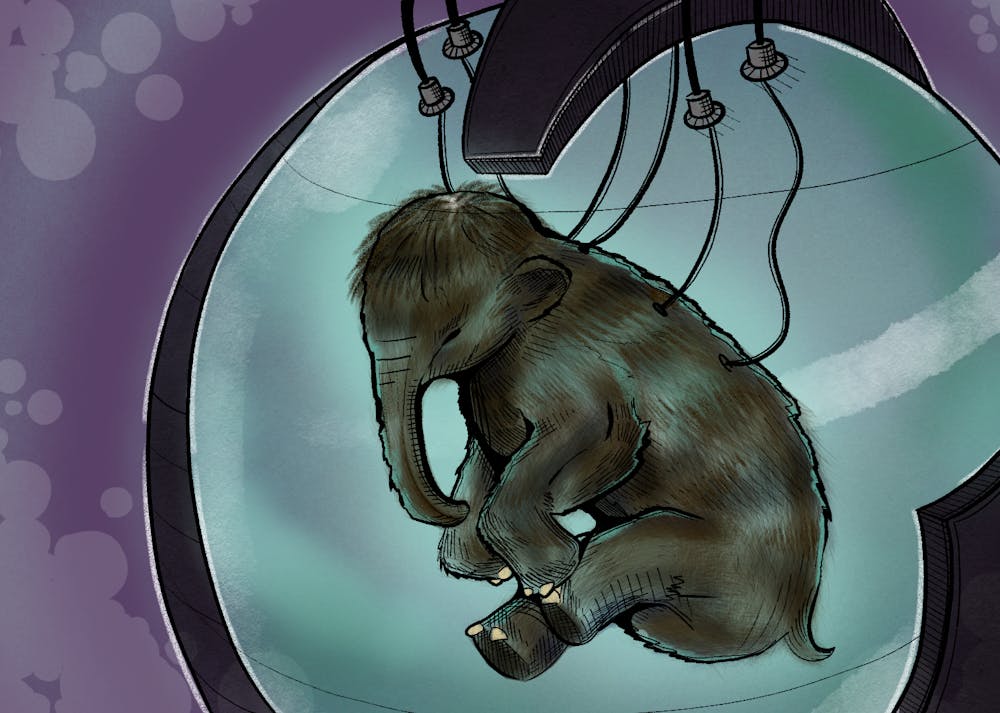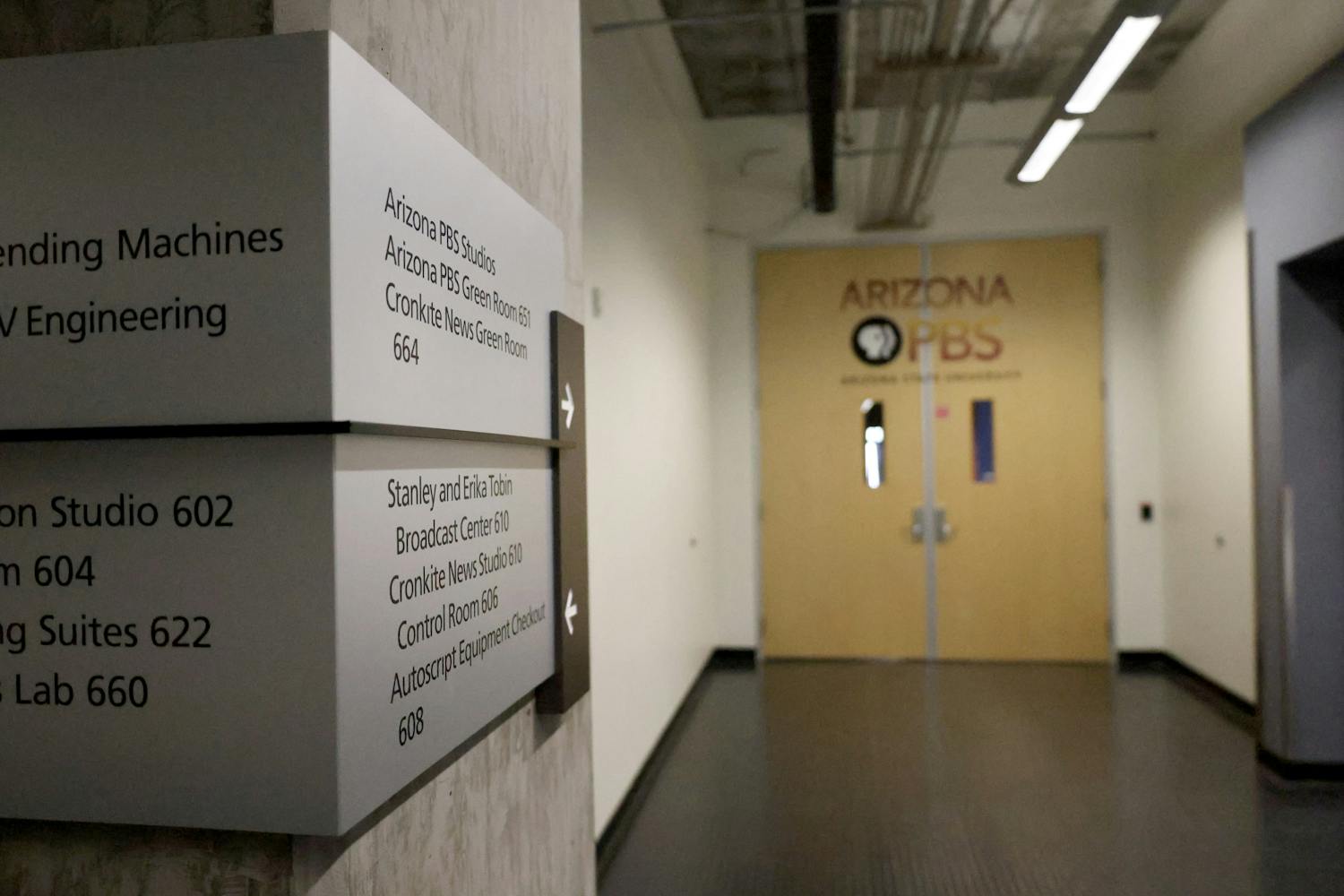With the speed at which technology advances, the idea of "bringing back" extinct animals is moving beyond science fiction. While some doubt the reasoning behind such a technology, others argue that it paves the way for other forms of conservation science.
Risa Schnebly is a graduate student at ASU College of Liberal Arts and Sciences. She discussed how the terms "revive" and "clone" aren't accurate in this process.
"They don't actually use cloning because cloning requires having an intact genome of these extinct species," Schnebly said. "Because species like the woolly mammoth died 4000 years ago, we have fragments of its genome because we find woolly mammoth specimens frozen in the ice. But because these specimens are so old, their DNA isn't great, their DNA is too degraded for us to use for cloning."
According to Schnebly, they take the genome of the mammoth's closest living relative, in this case, the Asian elephant, and compare it with the mammoth genome. Then, they use technologies like CRISPR to rewrite parts of the elephant genomes to match the mammoth's. The result is a genetic hybrid between a mammoth and an elephant, not a cloned woolly mammoth.
"It's, by some arguments, creating a new species," Schnebly said.
While these efforts do little to preserve ancient species, they attract important attention to current conservation science.
"I recognize that (by) selling a project that is saying we're going to bring back the woolly mammoth, (there is) a lot of money from people, like Silicon Valley funders or billionaires, that they wouldn't otherwise (give to) conservation efforts," Schnebly said. "To their credit, these de-extinction organizations are using that money to do traditional conservation work like protecting the land and rehabilitating the islands that (these) kinds of species will one day live on."
However, many in the field have concerns. Matt Chew is a faculty associate in the School of Life Sciences. Chew believes if humans can create these species, there are major issues with populating them worldwide.
"I see more cons than pros," Chew said in an email. "The potential benefits are far from certain. The potential consequences are unknown. The opportunity costs seem prohibitive. There are better uses of time, expertise and resources."
One potential issue is that regulations may loosen in regard to protecting these species.
"If the objective is to produce animals 'on a massive scale' and it is accomplished, it's almost certain that protections for individuals will be reduced," Chew said. "There is always a tension between animal rights or welfare and biodiversity conservation. Biodiversity conservation succeeds when animals are abundant enough that their fates as individuals become irrelevant."
Creating a new species population eventually requires controlling it, which could create additional problems.
James Collins, a professor at the ASU School for the Future of Innovation in Society, believes that if we can successfully "recreate" extinct creatures, the overall benefits outweigh the risks.
"It's an effort that's worth doing at the end of the day," Collins said. "There is a lot of thinking that would have to go into the environmental conditions under which you'd want to raise the organism and hold the organism. That would all be useful information."
When it comes to potentially introducing these creatures to public viewing, Collins believes that they should be shown off in a zoo-like enclosure so humans can see them.
"Ideally, what you're striving for is a group of animals that you could exhibit in the same way that lions, tigers, and bears are exhibited," Collins said. "Jurassic Park is the product of someone's imagination, but some circumstances in which the animals were held and observed seem reasonable to me. It would be somewhat of an expectation on the part of the public that, at some point, we want to see what these organisms look like."
While humans are a long way from an ancient species zoo, the technology's potential for a positive impact on conservation science remains to be seen.
Edited by River Graziano, Walker Smith and Grace Copperthite.
Correction: A previous version of this story stated ASU and the Embryo Project are directly involved in the project. A previous version also had transcription errors in quotes from Schnebly. These have been corrected as of 5 p.m. on Feb. 1, 2024.
Reach the reporter at hrhea@asu.edu.
Like The State Press on Facebook and follow @statepress on X.

Hunter is a senior studying technological leadership. This is his fourth semester with The State Press. He has also worked as a legislative intern.




